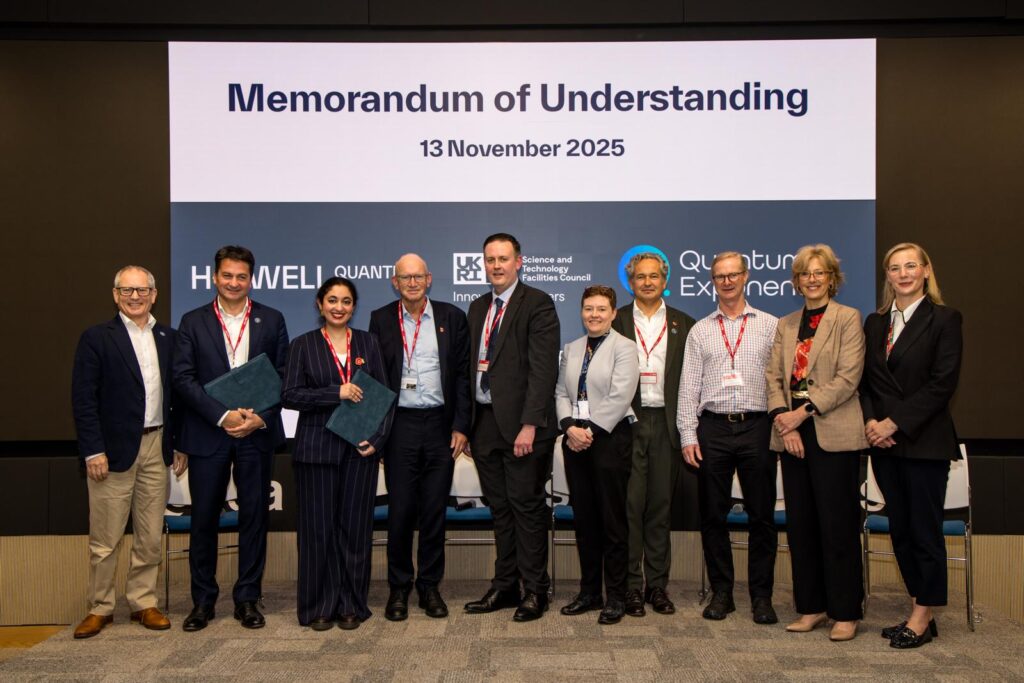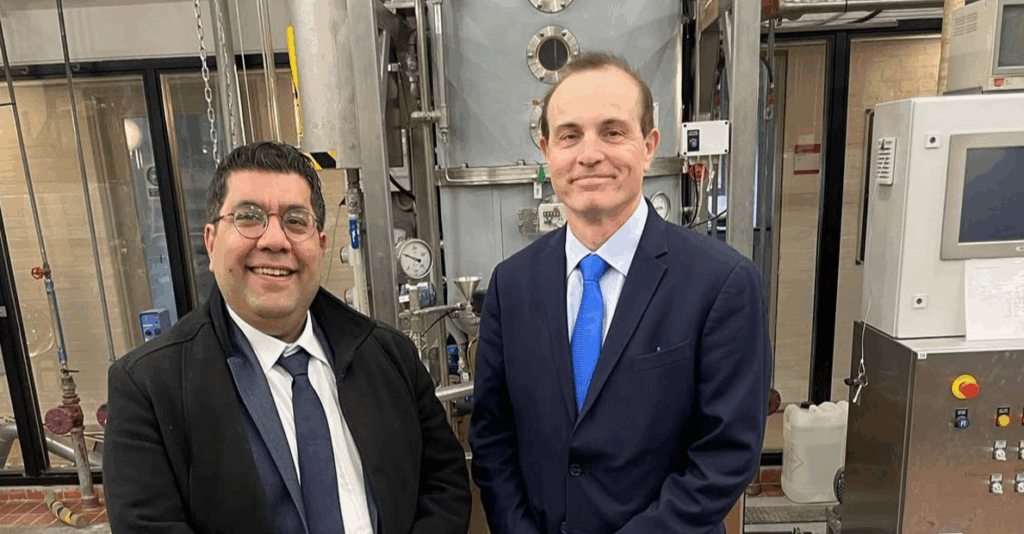Insider Brief
- A Quantinuum-led team of scientists have set up new protocols for state preparation — an important part of quantum computation.
- This new method significantly reduces the complexity and resources required for quantum state preparation.
- The team demonstrated the successful preparation of representative initial states with potential applications e.g. in quantum chemistry, physics and finance simulations.
If you ever set up dominoes to prepare your own primitive Rube Goldberg machine, you know that it takes a lot more time setting up the dominoes than it does knocking them down. During that prep time, you need to place all the dominoes in just the right spot so the chain reaction goes off without a hitch.
But, you’ll get no sympathy from quantum scientists who have a much more complex task of setting up qubits for calculations.
Now, a Quantinuum-led team of scientists have set up new protocols for “state preparation,” a foundational step in quantum algorithms — and this may have important implications for turning quantum computers from theoretical to practical.

This innovation, outlined by the team in a recent company blog post and detailed in a study on the pre-print server ArXiv, simplifies the process of preparing quantum states for complex, multi-dimensional calculations. In this case, setting up the initial state for quantum computations, particularly for “multivariate” functions. If you’re not familiar, “multivariate function” refers to a mathematical function with several variables and is a necessary consideration to make advanced computations in various fields like quantum chemistry, physics, and finance. The complexity of multivariate functions often lead to a computational bottleneck.
“A key step in many quantum algorithms is setting everything up: you need all your dominoes in place before you can do much else,” the team explains in the blog post. “This is called ‘state preparation’, and it’s a trickier problem than it might seem,”
The team’s advance centers on avoiding the complex and resource-heavy methods typically used in state preparation. Instead, they employ a more straightforward approach using well-known mathematical tools.
“Our new multivariate function quantum state preparation protocols don’t rely on some commonly-used and computationally expensive subroutines – instead they expand the desired multivariate function into well-known mathematical basis functions, called Fourier and Chebyshev functions,” the blog post details.
A Fourier series breaks down complex wave-like patterns into simpler, repetitive waves. A Chebyshev series does something similar but relies on a special kind of smooth curve to simplify and analyze functions.
The scientists add that this new method significantly reduces the complexity and resources required for quantum state preparation.
“By expanding the functions in a Fourier or Chebyshev series, one can truncate the series to create good approximations, which instead uses only polynomially many resources – meaning that this method has better asymptotic scaling than many other non-heuristic methods,” the team further elaborates in the blog post.
It may sound highly technical — and it is — but the practical impact of this new protocol is considerable. The team has already shown how the approach can apply to practical computational challenges, according to the paper.
The team writes: “This work introduces methods for the preparation of quantum states that encode multivariate functions, and analyzes their resource requirements. As a proof-of-concept, we demonstrate the successful preparation of representative initial states (with potential applications e.g. in quantum chemistry, physics and finance simulations) on comparatively high-resolution grids.”
The researchers have successfully applied it on a 24-qubit Quantinuum H2-1 trapped-ion quantum processor, preparing bivariate Gaussian distributions used in fields ranging from physics to finance. According to the ArXiv paper, this approach has also been tested with other complex functions like bivariate Student’s t-distributions and 2D Ricker wavelets, demonstrating its versatility.
The blog post points out the broader applicability and modularity of the new protocols, adding: “A very nice feature of this work is that it is broadly applicable, generic, and entirely modular – meaning it can be plugged into the beginning of almost any quantum algorithm, giving our customers and users even more flexibility and power.”
This development could significantly accelerate the adoption and application of quantum computing by making it easier to tackle complex, real-world problems across various scientific and commercial fields. The simplicity and efficiency of the new state preparation protocols make quantum computing more accessible, potentially leading to more rapid advancements and applications of this cutting-edge technology.
The research team Quantinuum and Interdisciplinary Theoretical and Mathematical Sciences Program (iTHEMS), RIKEN scientists. Members include Matthias Rosenkranz, Eric Brunner, Gabriel Marin-Sanchez, Nathan Fitzpatrick, Silas Dilkes, Yao Tang, Yuta Kikuchi and Marcello Benedetti.
If you’re interested in a deeper dive, please review the research paper that goes much farther in technical depth than this summary piece. And review the Quantinuum blog.
Learn more about Quantinuum’s H-series here.


















